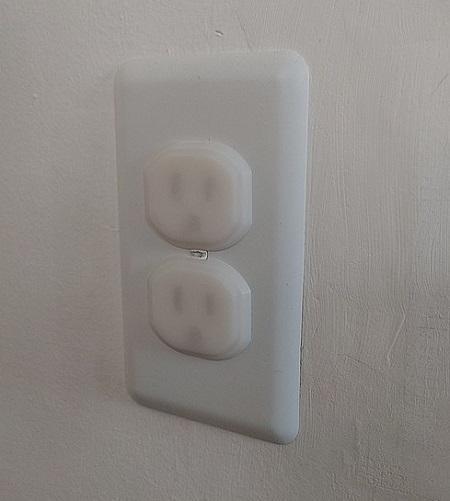Childproofing your home is an important step in keeping your little ones safe. According to the National Safety Council, unintentional injuries are the leading cause of death among children in the United States. Among these injuries, suffocation, drowning, and falls are some of the most common causes of death among children under the age of 5. Childproofing your home is an important step in keeping your little ones safe and preventing these types of injuries.
It’s important to note that childproofing your home is not a one-time task, but an ongoing process. As children grow and develop, the hazards in your home may change, and it’s important to continue to assess and address these hazards to ensure the safety of your child.
With that in mind, we present you a 10-item checklist to childproof your home. This checklist covers all the basic steps you need to take to keep your child safe in your home, from keeping hazardous items out of reach to using safety gates and installing window guards. By following these tips, you can help protect your child from potential hazards and provide a safe environment for them to grow and play.
- Keeping hazardous items out of reach is an essential step in childproofing your home. Items such as cleaning supplies, medications, and sharp objects can be dangerous if they fall into the hands of young children. To keep these items out of reach, you can use cabinet locks or move them to a high shelf or cabinet that is out of reach. It’s also important to keep these items in their original packaging and to clearly label them with their contents.
- Using safety gates is an effective way to block off areas of the home that are off-limits to children. Safety gates can be used to block off stairways, kitchens, or any other room that you want to keep children out of. These gates come in a variety of styles and can be installed at the top or bottom of stairways, or in doorways. When choosing a safety gate, look for one that is made of sturdy materials and that can be easily opened and closed by adults.
- Installing safety locks on doors and drawers is another important step in childproofing your home. Safety locks can be used to keep children from accessing areas of the home that are off-limits, such as bathrooms and bedrooms. These locks can be installed on the inside of doors and drawers and can be easily opened and closed by adults.
- Covering electrical outlets is an important step in preventing children from sticking small objects into them, which can be dangerous. Outlet covers come in a variety of styles and can be easily installed. They can be used to cover all outlets in the home or just the ones that are within reach of children.
- Keeping small objects out of reach is an important step in preventing children from choking on them. Items such as coins, marbles, and small toys can be easily swallowed by young children. To keep these items out of reach, you can use a playpen or keep them in a locked cabinet or high shelf.
- Using safety straps on furniture is an effective way to prevent children from tipping over dressers, bookcases, and other heavy furniture. Safety straps can be easily installed and can be used to secure furniture to the wall. It’s important to choose straps that are strong enough to hold the weight of the furniture and that can be easily adjusted.
- Using window guards is an effective way to prevent children from falling out of windows. Window guards can be installed on the inside of windows and can be adjusted to allow for different opening sizes. It’s important to choose window guards that are made of sturdy materials and that can be easily opened and closed by adults.
- Keeping curtains and blind cords out of reach is an important step in preventing children from becoming entangled in them. Children can easily become tangled in these cords, which can be dangerous. To keep these cords out of reach, you can tie them up or use cord cleats. Another option is to install cordless window coverings, which eliminate the need for cords altogether.
- Using baby monitors is an effective way to keep an eye on children while they are sleeping or playing. Baby monitors come in a variety of styles, including audio, video, and smart monitors. They can be used to listen to or watch your child from another room in the house. This can provide peace of mind and allow you to attend to other tasks while still keeping an eye on your child.
- Keeping a first aid kit on hand is an important step in being prepared for accidents. A first aid kit should include items such as band-aids, gauze, adhesive tape, scissors, tweezers, and antiseptic wipes. It should also include any specific items that your family may need, such as an epinephrine auto-injector for those with severe allergies. It’s important to keep the first aid kit in an easily accessible location and to make sure that all family members know where it is.
In conclusion, childproofing your home is an important step in keeping your little ones safe. By following these 10 safety tips, you can help ensure the safety of your children and your home. Remember, safety is a shared responsibility, and it’s important to take steps to ensure that your home is a safe place for children. Regularly inspecting your home for potential hazards and making any necessary changes can go a long way in preventing accidents.










